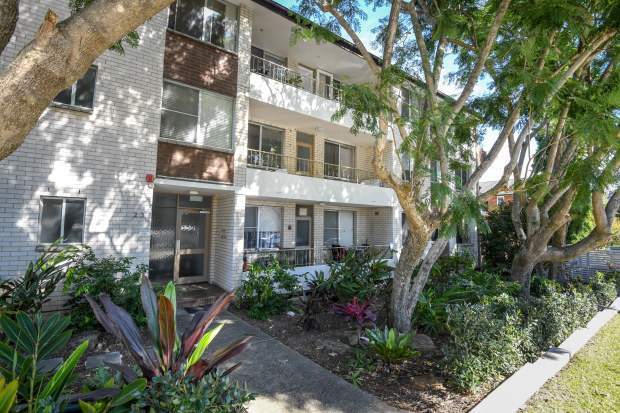Opinion

These blocks offer community living, well-designed interiors and level access – but the Nimbys say no.
Jimmy ThomsonContributorOnce upon a time, when high-rise blocks were pretty much restricted to our city centres, most suburban units or flats came in small packages – two or three-storey walk-ups of eight or 12 apartments.
Then demand for city fringe living ramped up and the three-storey walk-ups were gradually replaced by taller buildings with several times more dwellings, many with spectacular views, serviced by lifts.
Out in the suburbs, it was a different story. The quarter-acre block – or what was left of it – was king. Cottages with front and backyards were the keystone of the “Great Australian Dream”.

Low-rise apartments can give a sense of community, and a place your kids can live.
Developers found themselves frozen out by local councils dominated by Nimbys (Not In My Backyard) and Antes (And Not There Either). And according to a recent article in The Sydney Morning Herald, this has led to a missing middle.
In the past 30-odd years, writes Michael Koziol, the number of approvals for apartment buildings of between one and three storeys has fallen from almost 20 per cent of all dwellings to 3 per cent or less.
In the past seven years, apartment buildings of four to eight storeys shrank from about a quarter of approvals to less than 10 per cent.
The state government tried to halt the decline of low-rise apartment blocks by introducing fast-track approvals for them but that only applied in suburbs where that style of apartments was permitted.
Cynically, about half the councils in Sydney responded by changing their planning laws to ban them – hence the missing middle in suburbs that could probably use a few tastefully designed smaller blocks.
However, the almost paranoid, obsessive rejection of apartment living in any shape or form means they can’t be built even where they are needed most.
Why would they be needed? If every house in a street contains a family with the average of 2.4 kids, more than half the area’s children won’t be able to stay in the place where they were raised and educated and where their families live.
One answer would be low-rise apartment blocks or townhouse developments – if only they were allowed.
One developer I spoke to told me he wasn’t interested in high-rise buildings that dominate the skylines. He favoured smaller blocks, notionally at the end of a street so that local families could expand into them.
From an investment point of view, smaller blocks make a lot of sense. For a start, buildings of three storeys and under still attract building warranty insurance, so even if you encounter bad building work, the road to defect rectification is simpler (in theory, at least).
Obviously, the sense of community – a critical “happy home” factor for owners and renters alike – is easier to achieve in a smaller block where you know everyone than it is in a multi-storey monolith.
These days, a modern three-storey unit block would almost certainly have lifts – giving the block level access, a critical factor for an ageing population.
And when you aren’t being sold a view, the interior is more likely to be well designed.
The government is well aware that the reality of this missing middle is stymying its efforts to offer a variety of housing options in a time of great need.
According to NSW Planning Minister Paul Scully, another 67,500 dwellings could be built if just 5 per cent of Nimby councils relaxed their anti-low-rise planning rules.
As for investors, anywhere where demand is high and supply is low sounds like a good option. This is one area where you might do well to keep your expectations on the low side.
Flat Chat, Flat Chat Wrap podcast.
The low-rise housing solution that keeps being rejected by local councils - The Australian Financial Review
Read More
No comments:
Post a Comment